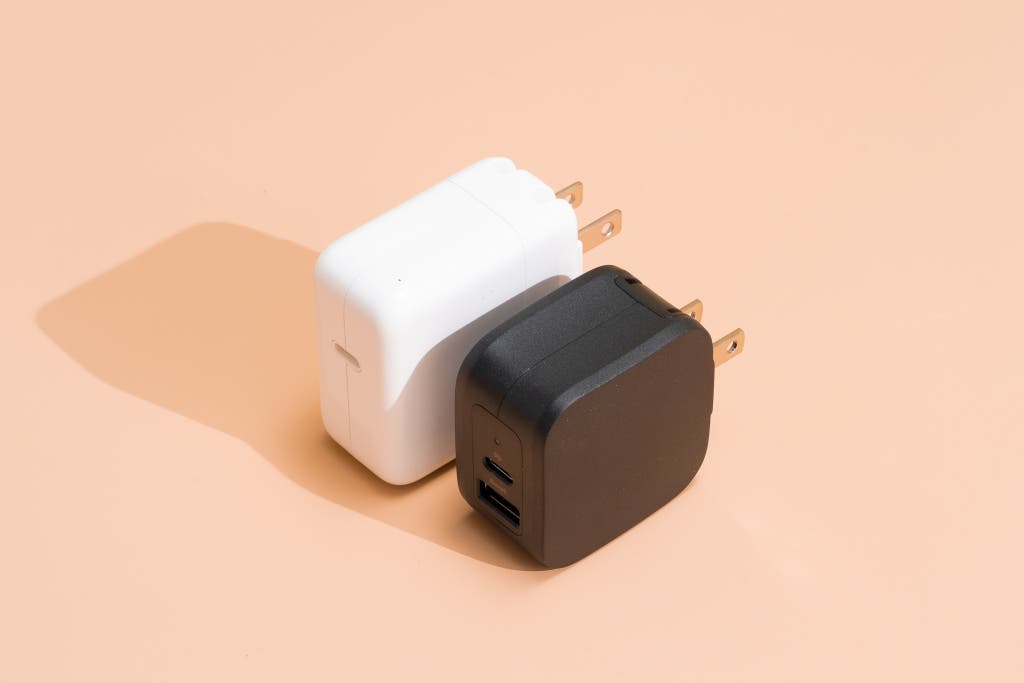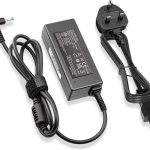Introduction: The Challenge of Water Damage
Water damage is a common issue that many smartphone users encounter, often resulting from accidental spills, immersion in water, or exposure to moisture. When water enters the charger port of your device, it can cause a range of problems, from preventing your phone from charging properly to causing permanent damage to internal components. In this article, we’ll explore some effective methods for safely removing water from your charger port and minimizing the risk of damage to your device.
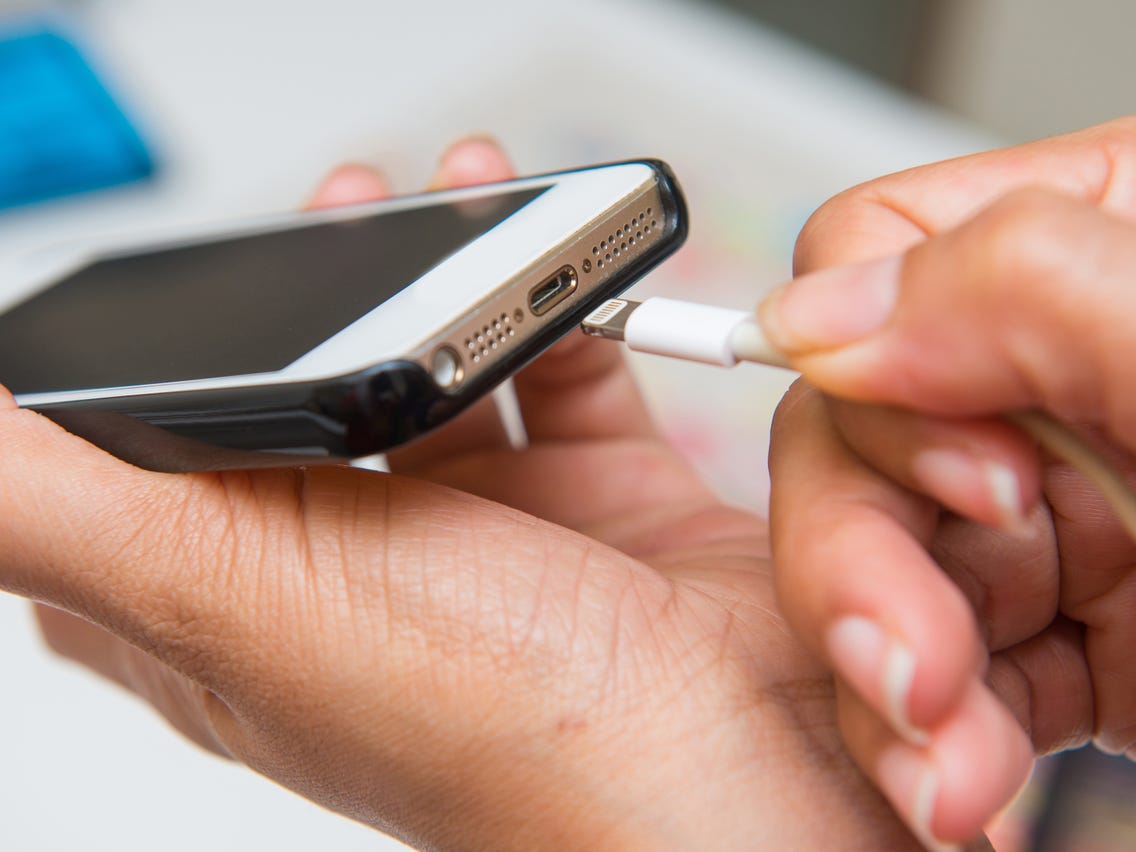
Assessing the Damage: Signs of Water Intrusion
Before attempting to remove water from your charger port, it’s important to assess the extent of the damage and determine whether your device is at risk of short-circuiting or other serious issues. Signs of water intrusion may include:
- Visible moisture or condensation in the charger port
- Difficulty inserting the charging cable
- Erratic charging behavior or failure to charge
- Overheating or unusual sounds coming from the device
If you notice any of these symptoms, it’s essential to take action promptly to prevent further damage and restore your device to proper working condition.
Safety First: Precautions When Dealing with Water Damage
When dealing with water damage, it’s crucial to prioritize safety to avoid causing harm to yourself or your device. Before attempting any water removal techniques, make sure to:
- Power off your device immediately to prevent electrical damage
- Disconnect any charging cables or accessories
- Avoid using heat sources such as hair dryers or microwaves, as they can cause further damage to your device
- Use only non-conductive materials such as cotton swabs or soft cloths to remove water from the charger port
- If your device has been submerged in saltwater or contaminated water, rinse it with fresh water before attempting to remove the water from the charger port to prevent corrosion
By taking these precautions, you can minimize the risk of further damage and increase the likelihood of successfully removing water from your charger port.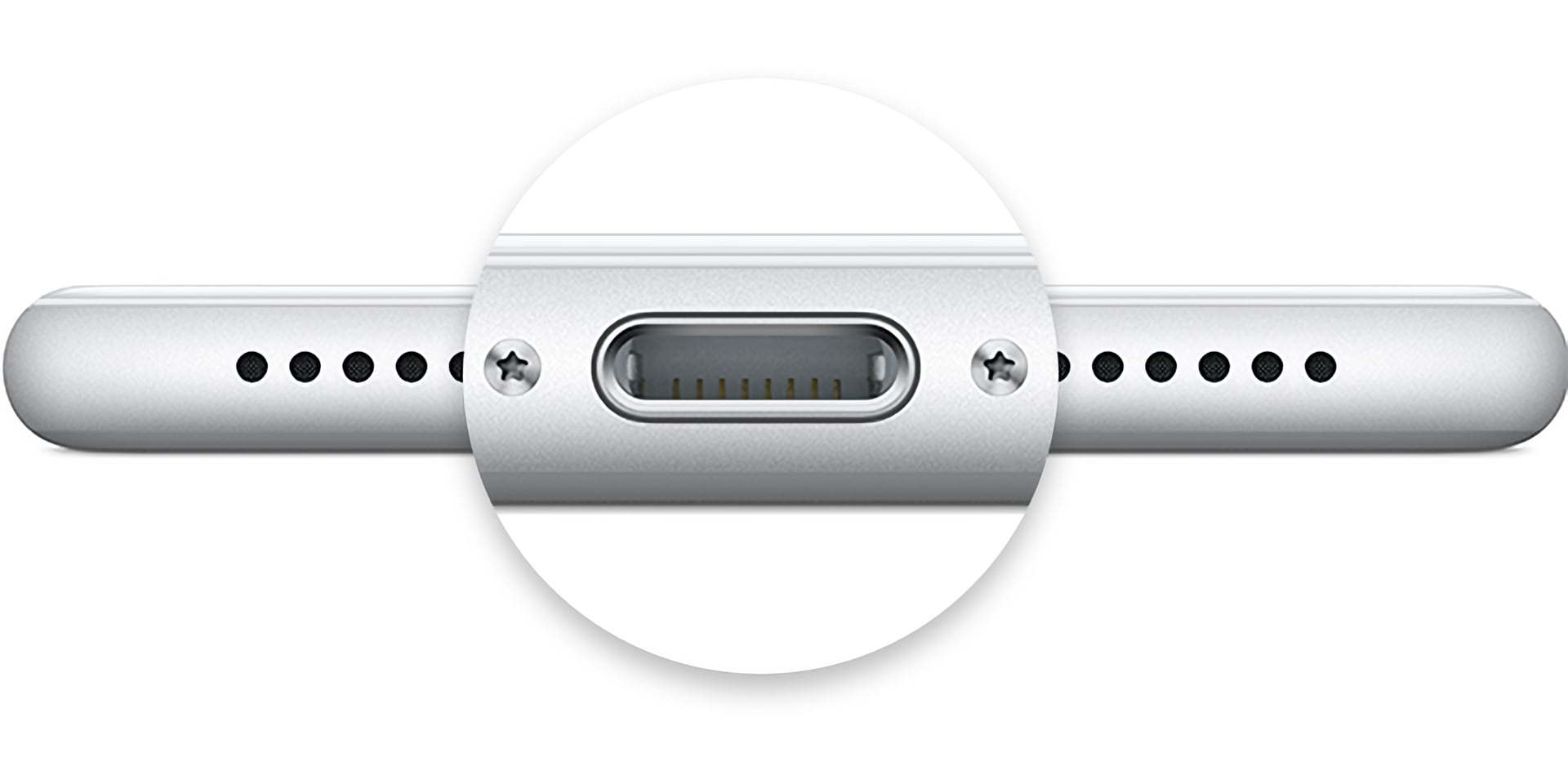
Gentle Drying Methods: Removing Water without Causing Damage
Once you’ve taken the necessary safety precautions, you can begin the process of removing water from your charger port using gentle drying methods. One effective technique is to use compressed air to blow out any excess moisture from the port. Alternatively, you can use a soft cloth or cotton swab to gently dab away any visible moisture, being careful not to push the water further into the port. Avoid using excessive force or abrasive materials, as this can damage the delicate components inside the port.
Another popular method for drying out a wet charger port is to use silica gel packets or rice. Simply place your device in a sealable bag or container filled with silica gel packets or uncooked rice and leave it overnight. The absorbent properties of silica gel or rice will help draw out moisture from the charger port and other internal components, leaving your device dry and ready for use.
Professional Assistance: When to Seek Help
In some cases, water damage may be too severe to resolve with DIY methods, or you may not feel comfortable attempting to repair your device yourself. In these situations, it’s best to seek professional assistance from a certified technician or repair service. A professional technician will have the expertise and specialized equipment needed to safely and effectively remove water from your charger port and assess any potential damage to your device. While professional repairs may come with a cost, they can provide peace of mind knowing that your device is in capable hands and will be restored to proper working condition.
Preventing Future Water Damage: Tips for Protecting Your Device
Once you’ve successfully removed water from your charger port, it’s important to take steps to prevent future water damage and protect your device from similar incidents in the future. Some tips for preventing water damage include:
- Using a protective case or waterproof cover to shield your device from moisture and spills
- Avoiding using your device near water sources or in humid environments
- Being mindful of where you place your device and avoiding placing it on wet or damp surfaces
- Investing in a waterproof or water-resistant smartphone model for added protection
By taking these preventive measures, you can reduce the risk of water damage to your device and prolong its lifespan.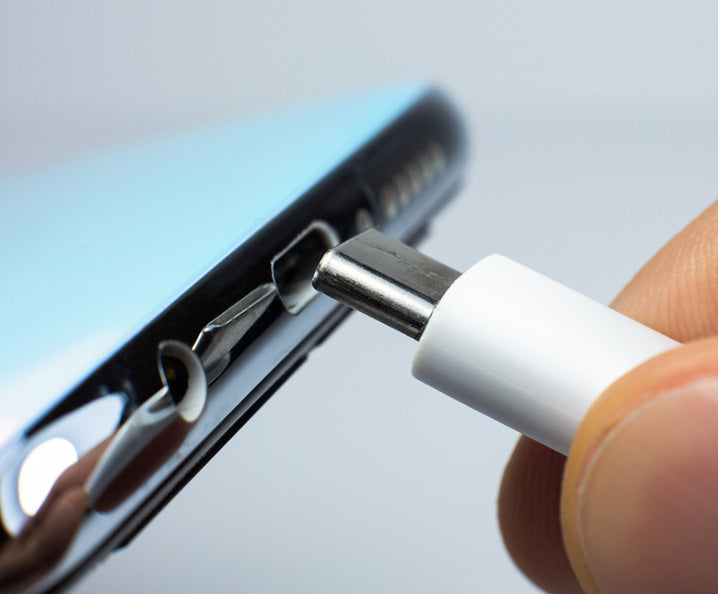
Utilizing Desiccants: Absorbing Moisture Effectively
Another effective method for removing water from your charger port is by using desiccants, which are substances that absorb moisture from the air. Silica gel packets, commonly found in packaging for electronics and other products, are a popular choice for this purpose. Simply place a few silica gel packets in a sealable bag along with your device, ensuring that the charger port is exposed to the packets. Seal the bag and leave it undisturbed for several hours or overnight, allowing the silica gel to absorb moisture from the charger port and other internal components of your device. This method is particularly effective for removing residual moisture and can help prevent corrosion and other damage caused by prolonged exposure to water.
Alternate Charging Methods: Wireless Charging and Magnetic Connectors
If your charger port is still wet or damaged and you’re unable to charge your device using traditional methods, there are alternative charging options available that can help you power up your phone. One such option is wireless charging, which allows you to charge your device without the need for a physical connection to the charger port. Simply place your compatible device on a wireless charging pad or stand, and it will begin charging automatically. Wireless charging is not only convenient but can also help protect your device from water damage by eliminating the need for a physical connection.
Additionally, some smartphones are equipped with magnetic connectors or docking stations that allow you to charge your device without using the charger port. These magnetic connectors attach to the back or side of your device and provide a secure connection for charging, even if the charger port is wet or damaged. By utilizing these alternate charging methods, you can ensure that your device stays powered up and functional even in challenging situations.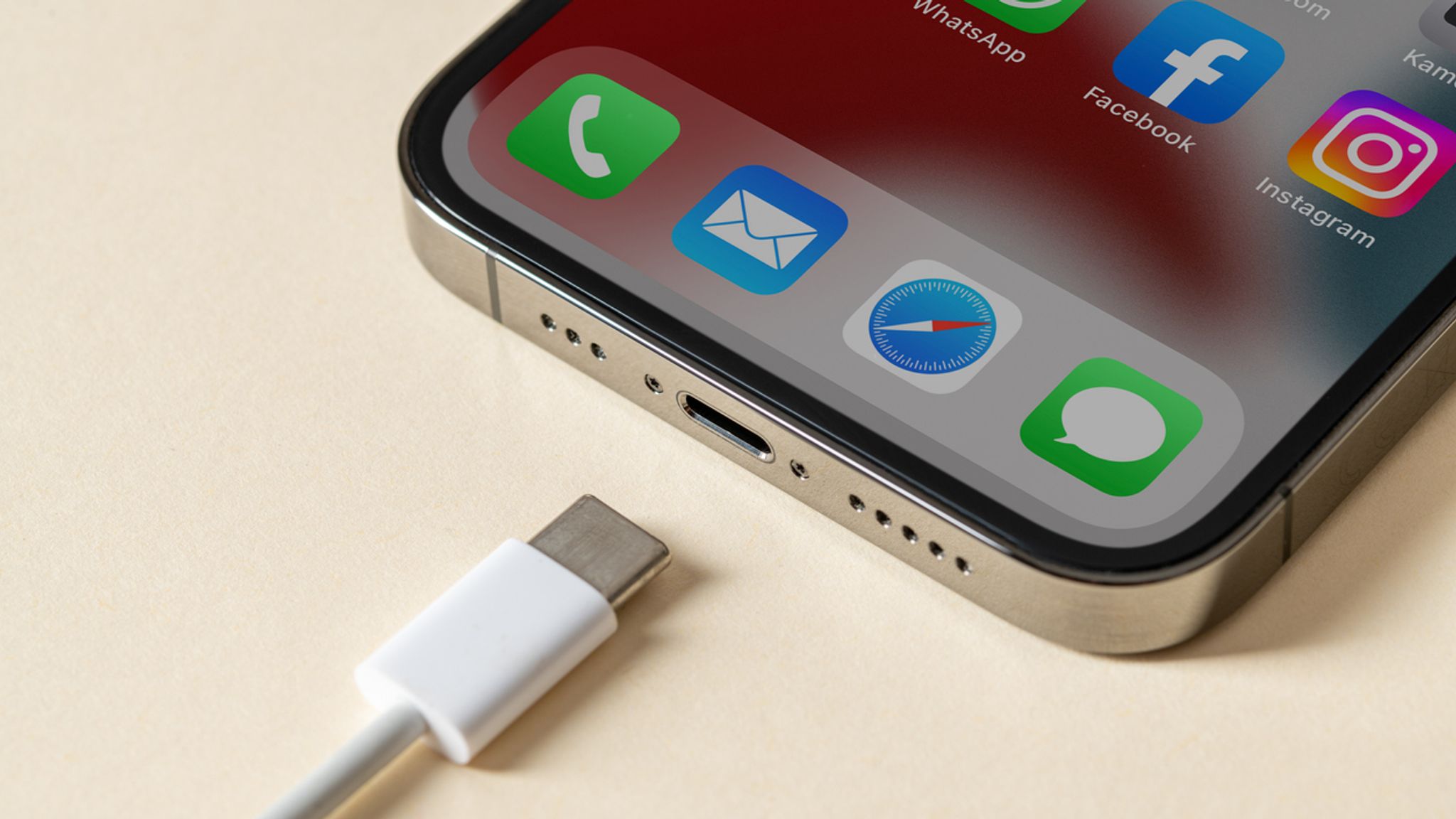
Regular Maintenance: Keeping Your Charger Port Clean and Dry
To prevent water damage and maintain the integrity of your charger port, it’s essential to practice regular maintenance and keep the port clean and dry. Avoid exposing your device to water or moisture whenever possible, and be cautious when charging your device in humid or wet environments. If you do encounter water or moisture in the charger port, use gentle drying methods such as compressed air or desiccants to remove it promptly. Additionally, consider investing in a protective case or cover for your device to shield it from spills, splashes, and other sources of moisture. By taking these proactive measures, you can help prolong the life of your device and reduce the risk of water damage to your charger port and other internal components.
Conclusion: Safeguarding Your Device Against Water Damage
In conclusion, water damage can pose a serious threat to the functionality and longevity of your smartphone, particularly when it affects the charger port. By promptly assessing the damage, prioritizing safety, and using gentle drying methods, you can effectively remove water from your charger port and minimize the risk of further damage to your device. In cases of severe water damage or if you’re unsure how to proceed, seeking professional assistance from a certified technician is always a wise choice. Additionally, taking preventive measures to protect your device from future water damage can help ensure that your smartphone remains in optimal condition for years to come. With these tips and techniques, you can safeguard your device against water damage and enjoy uninterrupted use of your smartphone for all your daily tasks and activities.
